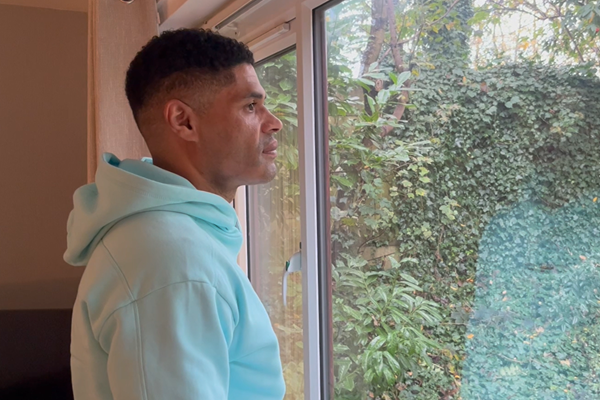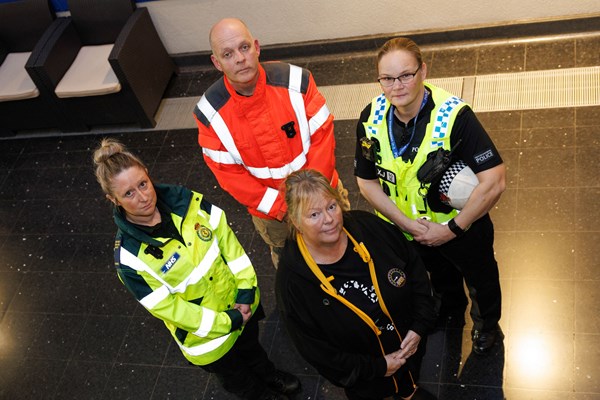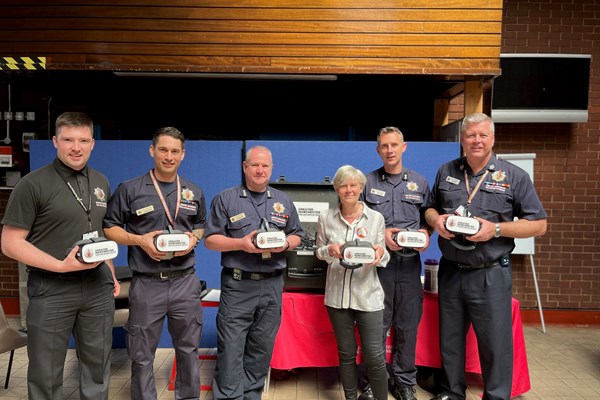
Motorways & Using the Hard Shoulder
Motorway Driving Tips

-
Remember that concentration and frequent use of mirrors are doubly important on motorways because of higher speed and traffic volumes.
-
Take extra care when approaching junctions where other vehicles will be joining the motorway.
-
Look out for the motorway signals warning you of dangers ahead.
-
Keep your distance and observe speed restrictions. On a dry road and in good weather conditions leave at least a two second gap between your vehicle and the one in front.
-
On wet, slippery roads, or in poor visibility leave at least a four second gap. Switch on dipped headlights when visibility is reduced.
-
Be prepared to anticipate the unexpected actions of other drivers.
-
Always, use the left-hand lane where possible. Remember lanes two and three are overtaking lanes not “middle” and “fast “lanes. Always indicate when changing lanes.
-
Overtake only on the right. Never move into a lane on your left to overtake and never use the hard shoulder to overtake.
-
Take special care when joining a motorway. You must give way to motorway traffic. Beware of the “blind spot” factor.
-
Take regular breaks at service areas. If you feel sleepy, get off the motorway at the first opportunity.
For further advice and more information about the Go Left Campaign, follow this link
Hard Shoulder Advice
Never stop on a hard shoulder except in an emergency. If an emergency forces you to stop, then follow the top five personal safety tips to stay safe.
-
Pull onto the hard shoulder as far left as possible, near an emergency roadside telephone if you can and switch on your hazard warning lights.
-
Leave the vehicle via the door on the left and make sure your passengers do.
-
Wait well away from the carriageway and hard shoulder until help arrives.
-
If possible, contact National Highways, preferably via the emergency roadside telephone as they will know exactly where you are.
-
If you feel at risk from another person, return to your vehicle via the left-hand door and lock all the doors. Leave your vehicle again as soon as you feel the risk has passed.




